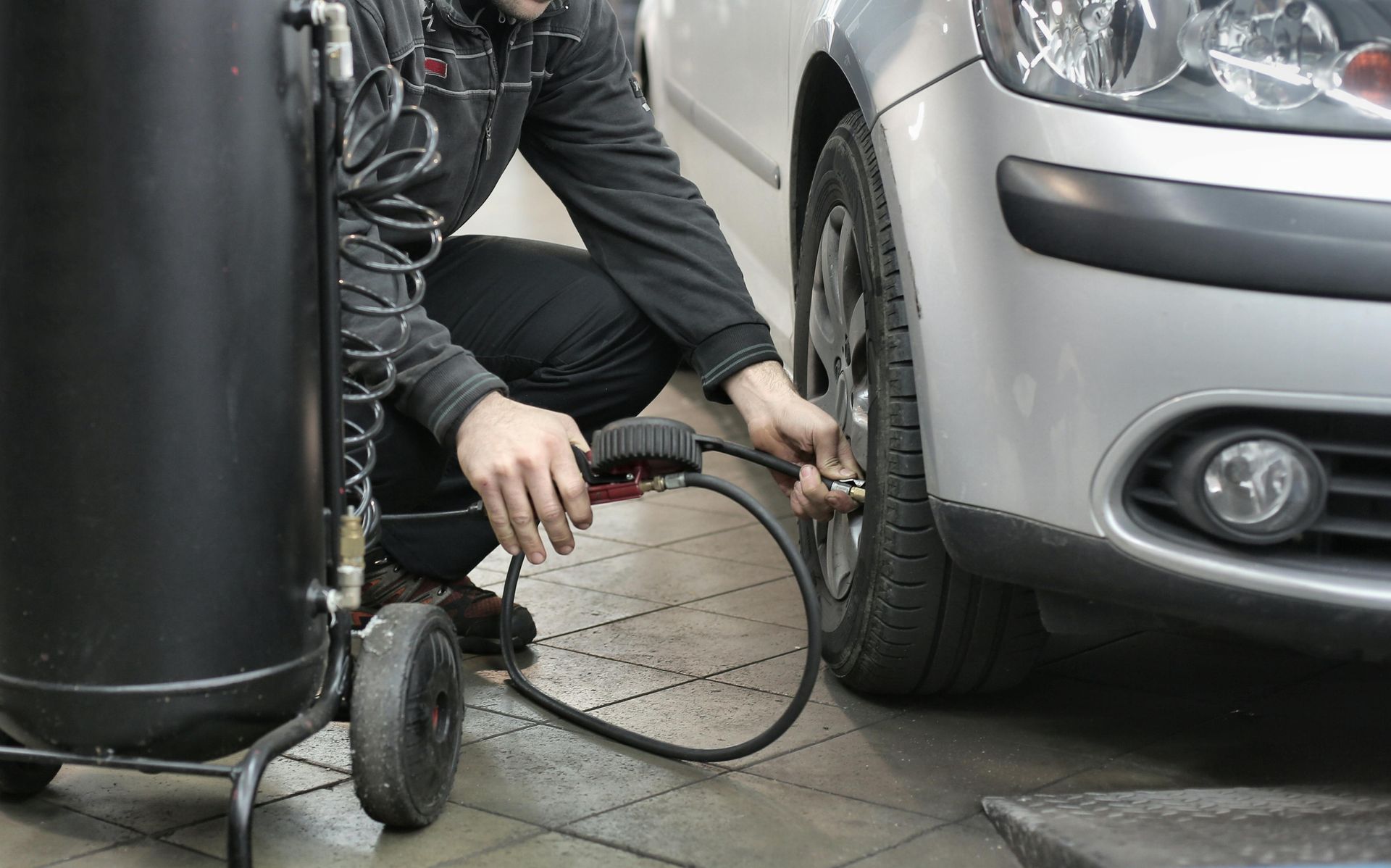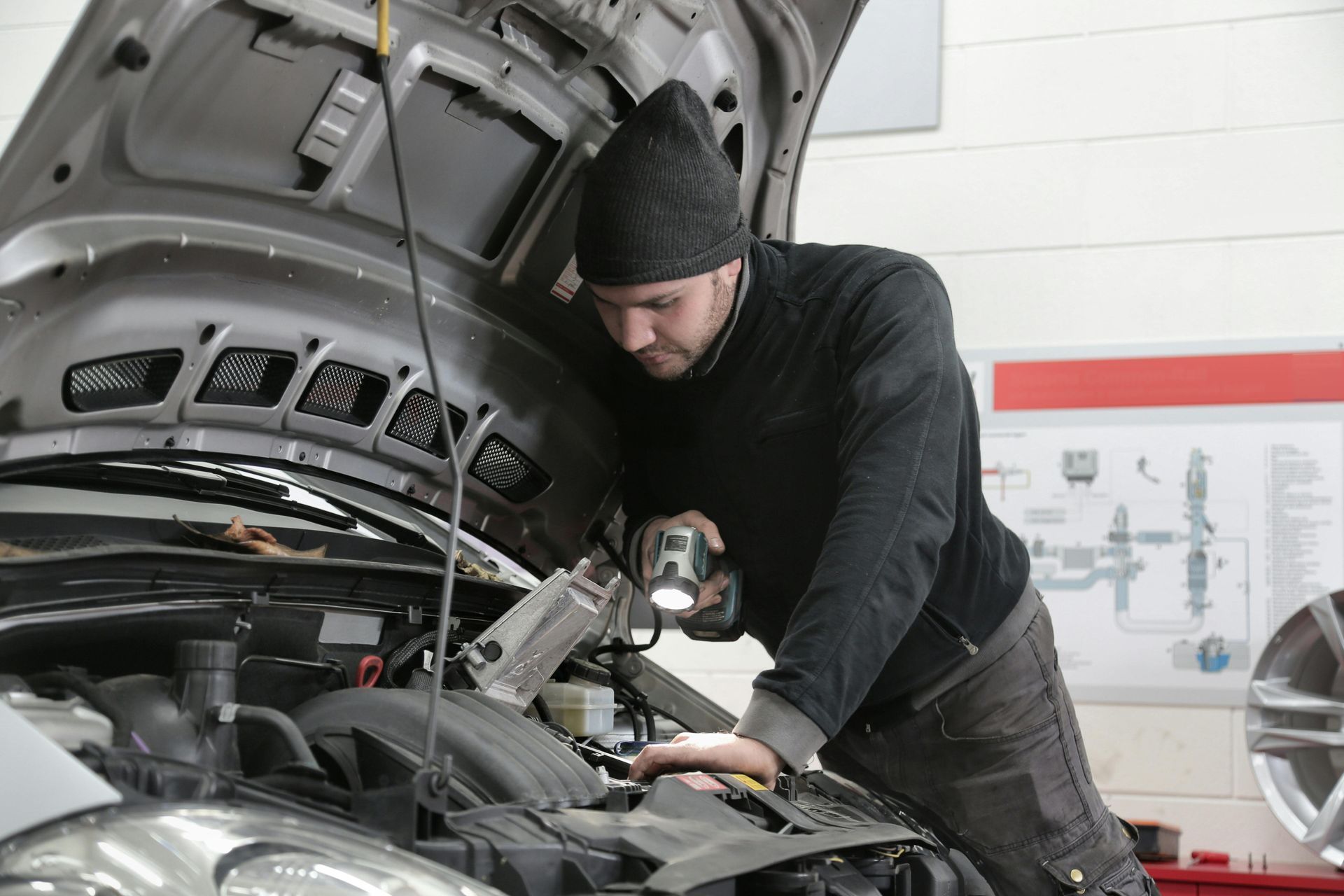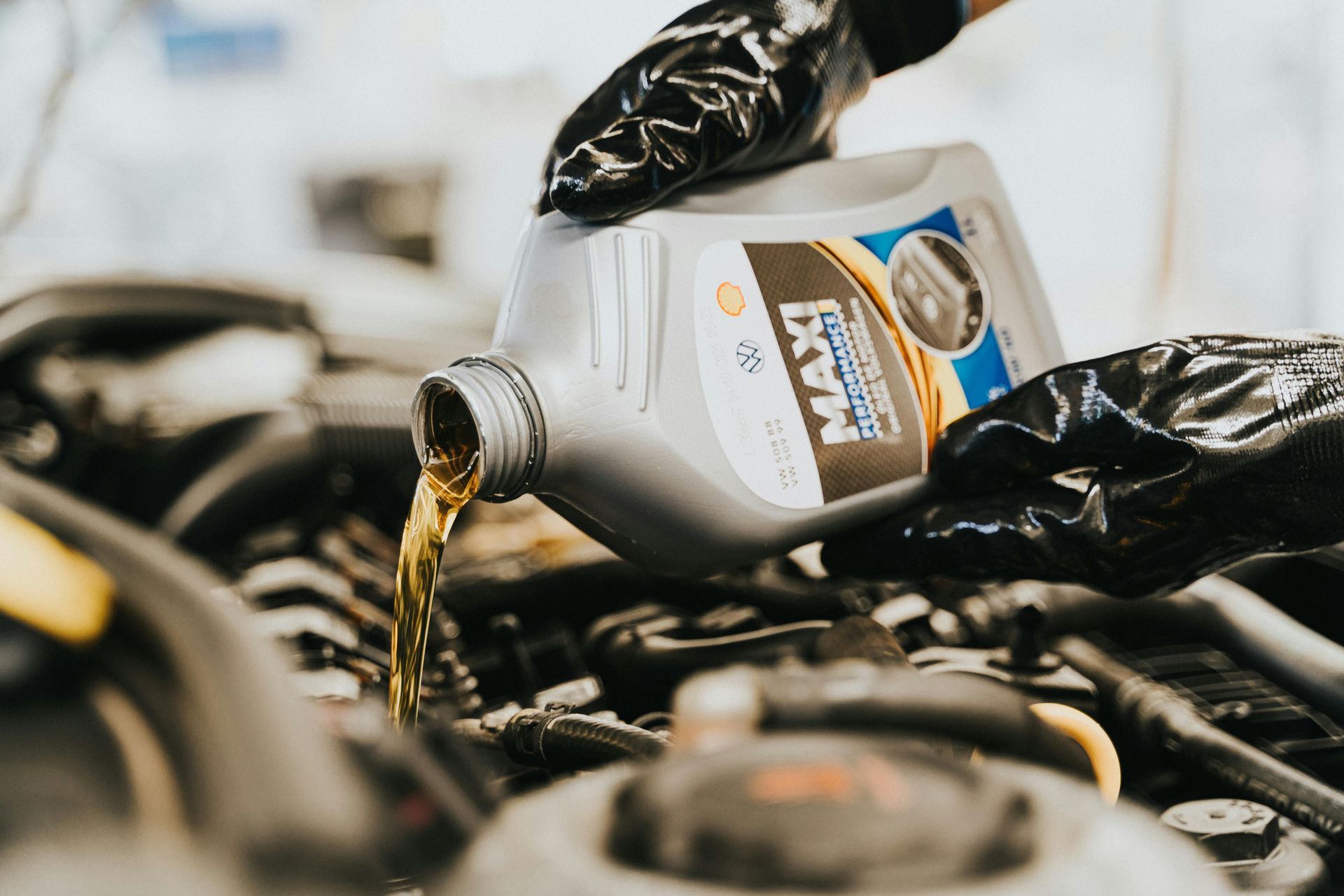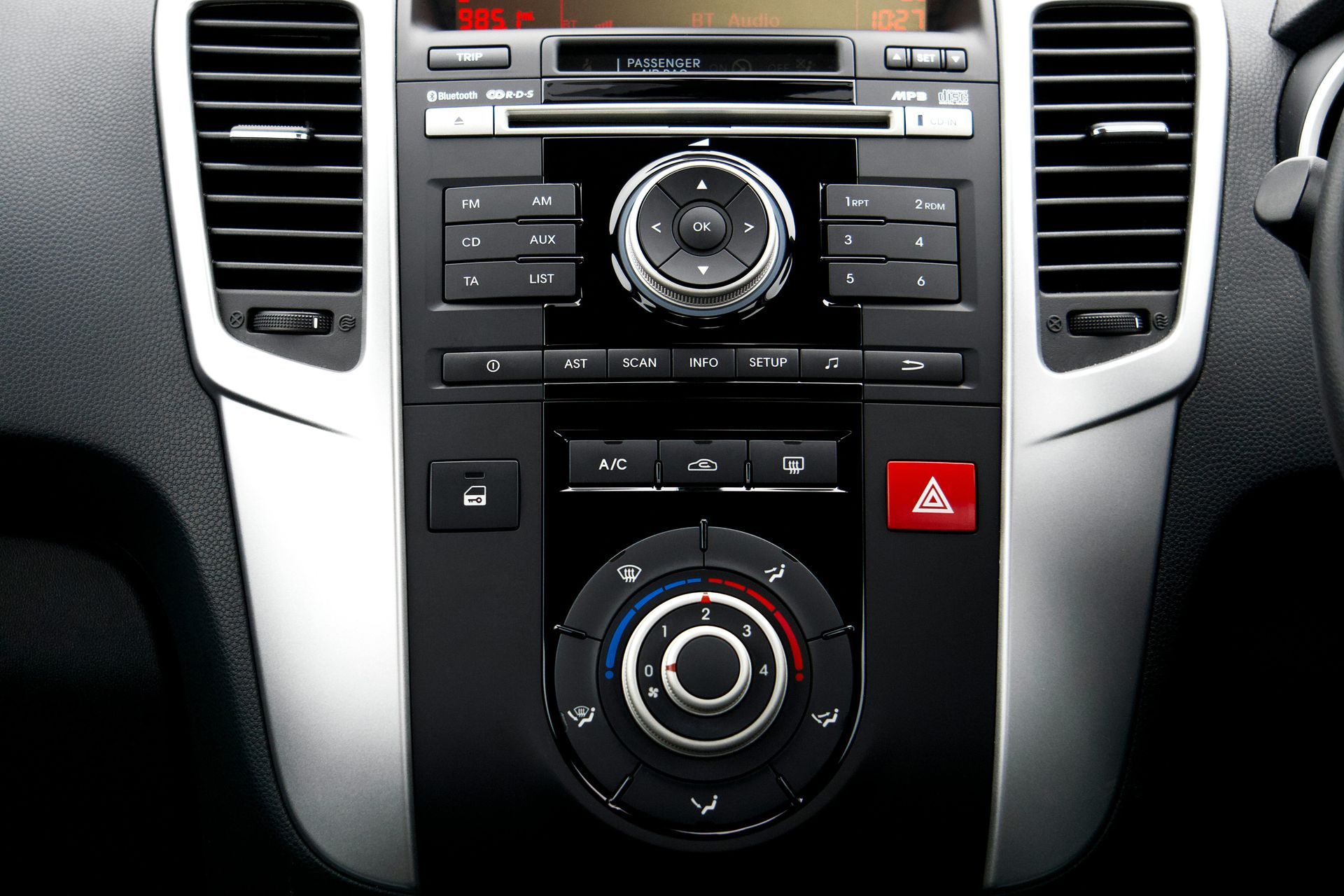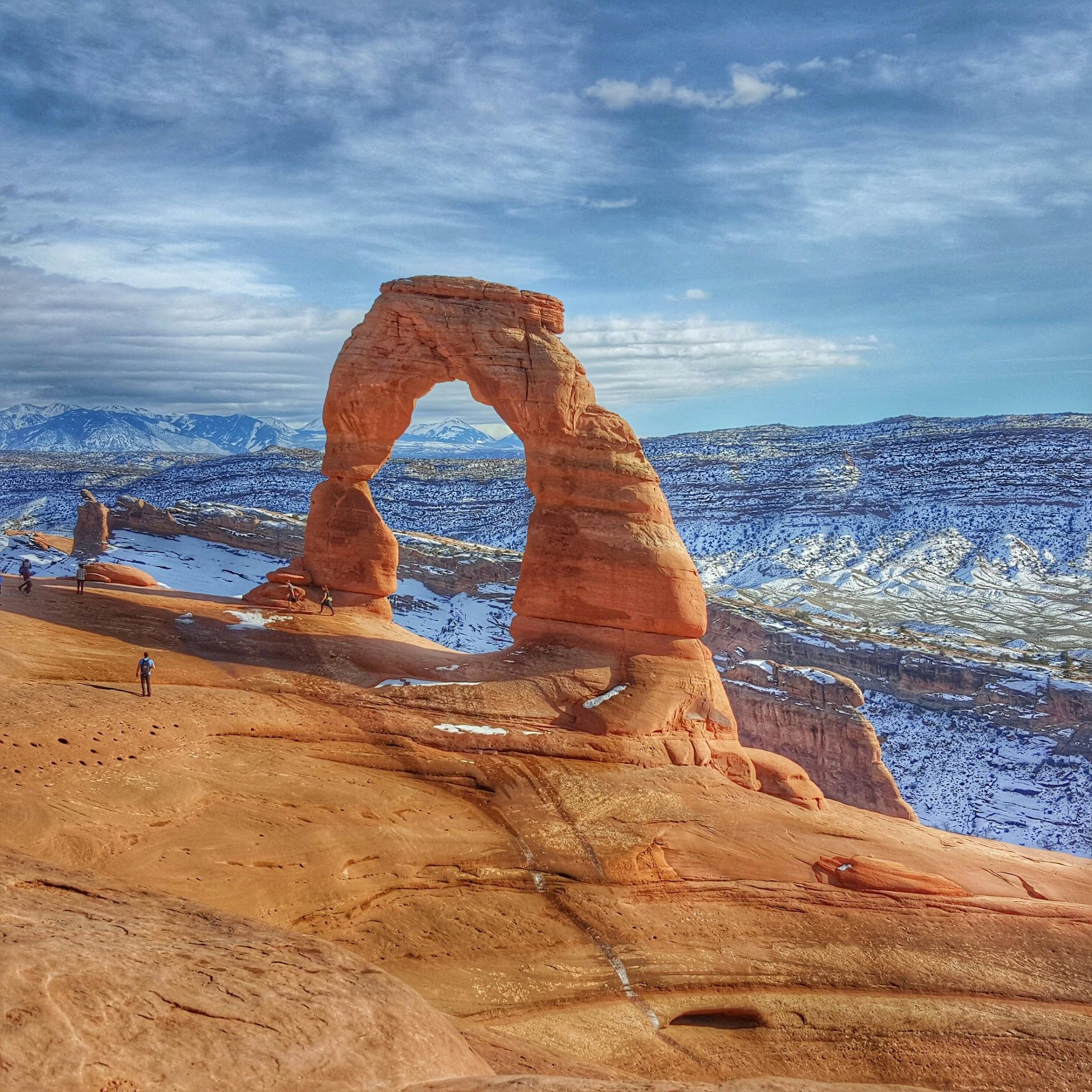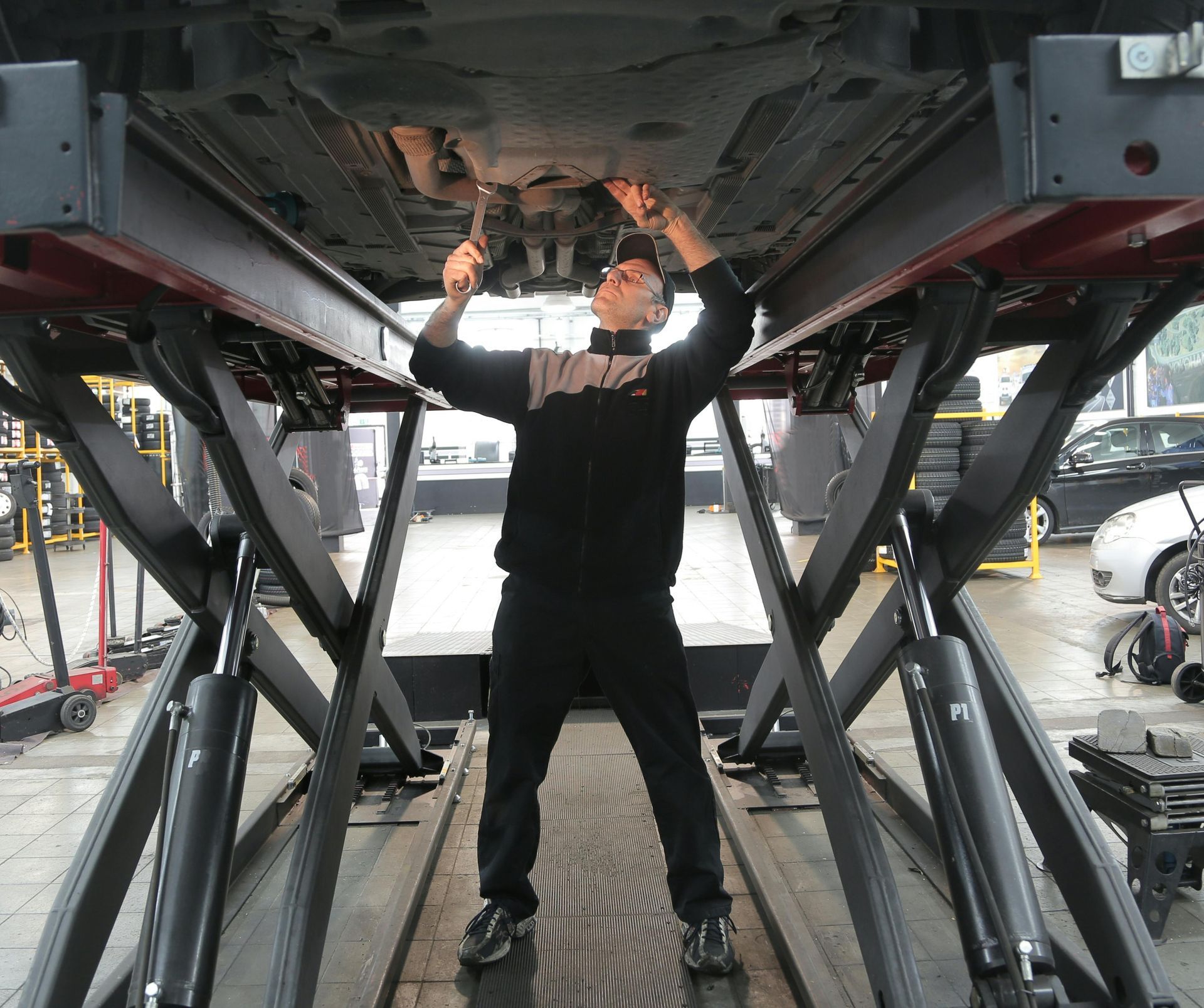Identifying Brake Wear Warning Signs Following Utah's Summer Driving Season
Summer driving in Salt Lake City puts serious stress on your vehicle's braking system. Between stop-and-go traffic on I-15, mountain adventures to Park City, and the intense heat radiating off Utah's pavement, your brakes have worked overtime for months. As fall approaches, it's time to check for signs that your brakes need attention.
Recognizing brake wear early prevents dangerous situations and saves money on repairs. What starts as minor brake pad wear can quickly become expensive rotor damage or complete brake failure if ignored. Smart drivers learn to spot the warning signs before problems become emergencies.
Why Summer Is So Hard on Brakes
Utah's summer driving conditions create a perfect storm for brake wear. Hot temperatures, mountain driving, and increased travel all contribute to faster brake deterioration than you might experience in milder climates.
Summer heat affects brake performance in several ways. Hot pavement temperatures can reach 140°F or higher, while engine heat adds even more thermal stress to brake components. This constant heat cycling causes brake pads and rotors to wear faster and can lead to brake fluid degradation.
Mountain driving around Salt Lake City also accelerates brake wear. Whether you're heading to Brighton, Snowbird, or just driving the foothills, steep grades require frequent braking that generates excessive heat and wears components quickly.
Listen for These Telltale Sounds
Your brakes often "talk" to you through sounds long before you feel problems. Learning to recognize these audio warnings can prevent minor issues from becoming major repairs.
Squealing or squeaking noises are usually the first sign of brake pad wear. Most brake pads include small metal tabs called wear indicators that create this sound when pads get thin. If you hear squealing during braking, especially after your car has been sitting overnight, your pads likely need replacement soon.
Grinding or scraping sounds indicate a more serious problem. This harsh noise usually means brake pads are completely worn and metal components are rubbing against each other. Grinding brakes can damage rotors quickly, turning a simple pad replacement into an expensive repair.
Clicking or rattling when you apply brakes might indicate loose brake components or worn hardware. While not always serious, these sounds deserve professional attention to prevent further damage.
Feel for Performance Changes
Brake problems often show up as changes in how your vehicle feels when stopping. Pay attention to these sensations during your daily driving around Salt Lake City.
Vibration or pulsing in the brake pedal or steering wheel usually indicates warped brake rotors. Utah's extreme temperature changes and mountain driving can cause rotors to warp, creating an uneven surface that vibrates when braking. This problem gets worse over time and affects stopping ability.
Soft or spongy brake pedal that goes closer to the floor than normal might indicate brake fluid problems or air in the brake lines. Summer heat can cause brake fluid to absorb moisture, reducing its effectiveness and creating a mushy pedal feel.
Hard brake pedal that requires excessive pressure to stop could signal problems with the brake booster or other system components. If you suddenly need to push much harder on the pedal, have your brakes inspected immediately.
Vehicle pulling to one side during braking often indicates uneven brake wear or a stuck brake caliper. This problem affects vehicle control and can be especially dangerous during emergency stops.
Watch for Visual Warning Signs
Several brake problems are visible during routine inspections. Check these items regularly, especially after summer's demanding driving conditions.
Brake pad thickness can be checked through your wheel spokes on many vehicles. Brake pads should be at least 1/4 inch thick. If they look thinner than this, schedule replacement soon. Completely worn pads will show metal backing plates instead of friction material.
Brake rotor condition is visible through your wheels. Look for deep grooves, cracks, or obvious warping. Rotors should have smooth, even surfaces without significant scoring or heat discoloration.
Brake fluid color should be clear or light yellow. Dark, dirty brake fluid needs replacement and might indicate other brake system problems. Check fluid level regularly and have it tested if it looks contaminated.
Brake warning lights on your dashboard should never be ignored. These lights indicate serious brake system problems that require immediate attention.
Pay Attention to Stopping Distance
After months of summer driving, you might notice your vehicle takes longer to stop than it used to. Increased stopping distance is a serious warning sign that shouldn't be ignored.
Test your brakes in a safe area like an empty parking lot. If your vehicle doesn't stop as quickly as expected or requires more pedal pressure than normal, have your brakes inspected immediately.
Remember that worn brakes are especially dangerous during Utah's fall weather when roads become wet or icy. What might seem like adequate stopping power on dry summer pavement could prove insufficient when conditions change.
Don't Ignore Brake Fluid Issues
Summer heat affects brake fluid more than most drivers realize. High temperatures can cause brake fluid to break down, absorb moisture, and lose effectiveness. Old or contaminated brake fluid contributes to brake fade and system failure.
Signs of brake fluid problems include:
- Dark or discolored fluid
- Low fluid levels that drop quickly
- Spongy or soft brake pedal feel
- Longer stopping distances
- Brake warning lights
Brake fluid should be clear and at proper levels. If you're constantly adding brake fluid, you have a leak that needs immediate attention.
Consider Your Driving Habits
Certain driving patterns accelerate brake wear, especially during Utah's challenging summer conditions. If you frequently drive in stop-and-go traffic, tow heavy loads, or regularly tackle mountain grades, your brakes face extra stress.
Aggressive driving habits like late braking and riding the brakes also increase wear. Even careful drivers can experience accelerated brake wear due to Utah's demanding driving environment.
Temperature Effects on Brake Performance
Utah's extreme temperature swings affect brake performance in ways many drivers don't realize. Components that worked fine in summer heat might behave differently as temperatures drop.
Cold mornings can make brake pads feel grabby or uneven until they warm up. This is normal, but excessive grabbiness or grinding during warm-up indicates wear problems.
When Professional Inspection Is Necessary
Some brake problems require professional diagnosis that goes beyond what you can check yourself. If you notice any combination of the warning signs mentioned above, don't wait for problems to get worse.
Professional brake inspections include checking components you can't easily see, measuring brake pad and rotor thickness precisely, and testing brake fluid condition. Technicians can also spot problems like leaking brake lines or failing calipers before they cause dangerous situations.
Don't Take Chances with Brake Safety
Your brakes are your vehicle's most important safety system. After Utah's demanding summer driving season, they deserve professional attention to ensure reliable performance.
The ASE-certified technicians at Jones Complete Car Care specialize in brake system diagnosis and repair for all vehicle makes and models. Our experienced team knows how Utah's challenging driving conditions affect brake systems and can spot problems before they become dangerous.
With convenient locations in Salt Lake City, Taylorsville, and Clearfield, we make brake service accessible and affordable. We use quality brake components and back all our work with a nationwide warranty.
Don't wait for brake problems to put you and your family at risk. Schedule your post-summer brake inspection today by calling (801) 896-9743 or booking online. Drive with confidence knowing your brakes are ready for whatever Utah roads throw at you!
